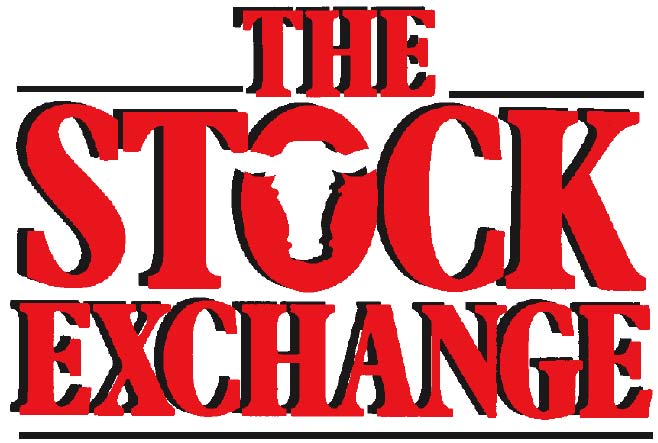Considerations for Successful Estrus Synchronization Programs
Sydney O'Daniel, Nebraska Exension Beef Educator One of the biggest impacts on rebreeding success is body condition score at the time of calving. Photo credit Troy Walz. With spring calving in full swing, it is a good time to start thinking about if your cows are prepared for breeding season. Making sure your cows are in a good body condition score prior to calving is one of the most important steps to ensuring…
